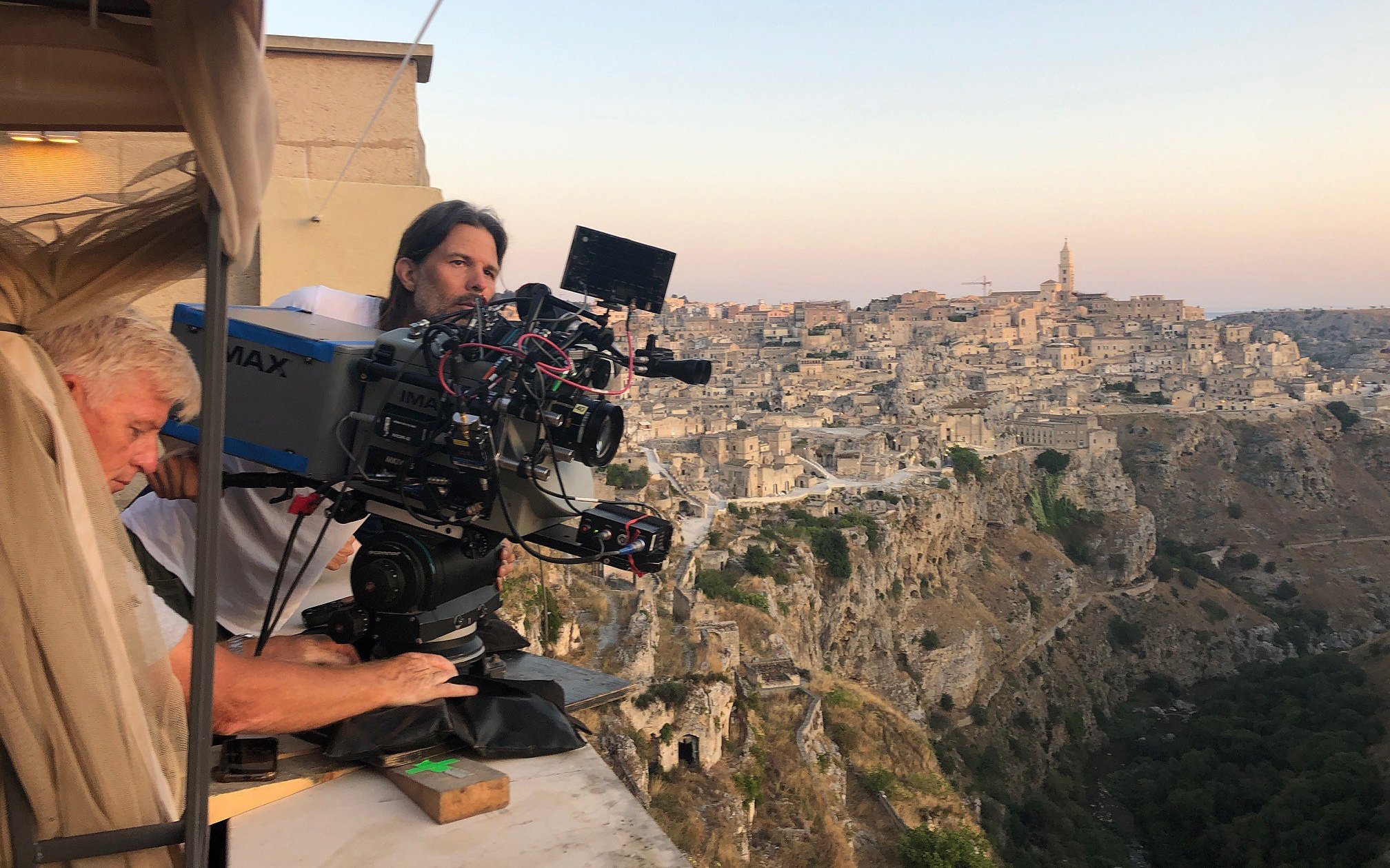All Videos
Clubhouse Conversations — No Time To Die
In this 63-minute episode, cinematographer Linus Sandgren, ASC, FSF (below) discusses his work in this James Bond adventure with interviewer Natasha Braier, ASC, ADF — detailing his use of 35mm and 65mm film capture and image optimization for Imax presentation.

Directed by Cary Joji Fukunaga (pictured below with Sandgren), No Time To Die was captured on a combination of 35mm and 65mm film negative. The filmmakers wanted smooth transitions between the two gauges, so entire sequences were designed for one format or the other, with no intercutting. The extended pre-credit sequence (shot in Norway), in which the villainous Safin (Rami Malek) hunts down victims on a frozen lake, will play in Imax in theaters that are so equipped, and then the first scene following the credits is anamorphic widescreen.

Other Imax sequences include a car chase in ancient Matera, Italy, and an action scene in Cuba involving Bond (Daniel Craig) and Nomi (Lashana Lynch) — a fellow double-0 agent with elite skills, who’s promised to give the super spy a run for his money.

The production was shot mainly on Kodak Vision3 500T 5219, though Vision3 250D 5207 and 50D 5203 were employed as well, the latter specifically for 35mm-captured day exteriors. The crew shot 1,007 rolls of 35mm — and more than 1.7 million feet of 35mm and 65mm total.
The majority of the picture was captured in anamorphic 35mm with Panavision’s Panaflex Millennium XL2. The filmmakers employed Imax MSM 9802 and Mark IV cameras for 65mm filming.

You’ll find a detailed production story on the project here.
Invited to join the ASC in 2019, Sandgren’s other feature credits include Promised Land, American Hustle, Joy, The Hundred-Foot Journey, The Nutcracker and the Four Realms, Battle of the Sexes (AC Podcast episode here), La La Land and First Man. For his work on the musical La La Land, the Swedish cinematographer received the 2016 Academy Award for Best Cinematography in addition to the BAFTA Award for Best Cinematography and an ASC Award nomination. His work in the Space Race drama First Man earned him another ASC Award nomination.
A native of Argentina, Natasha Braier’s feature credits include the feature films Glue, XXY, Somers Town, The Milk of Sorrow, The Infidel, The Rover, The Neon Demon, and Gloria Bell. One of her most recent projects, the personal drama Honey Boy, directed by Alma Har'el, is covered in detail here. Her work in the film earned her an ASC Spotlight Award nomination. She became a member of the ASC in 2018.
Reporting by Mark Dillon
Unit photography by Nicola Dove, SMPSP
You’ll find all episodes in our ASC Clubhouse Conversations discussion series here.

